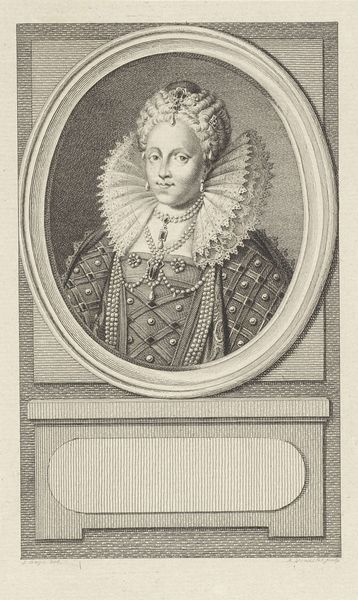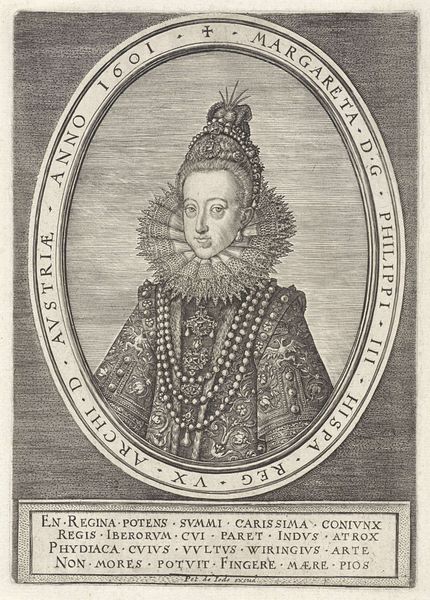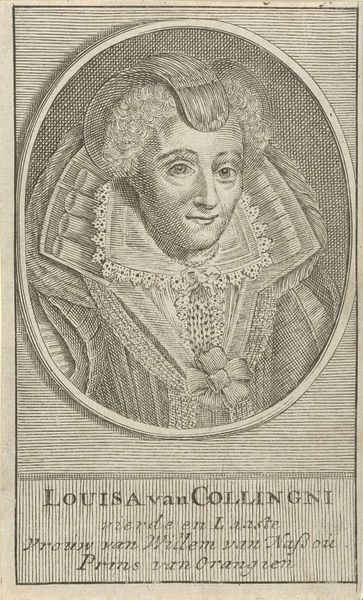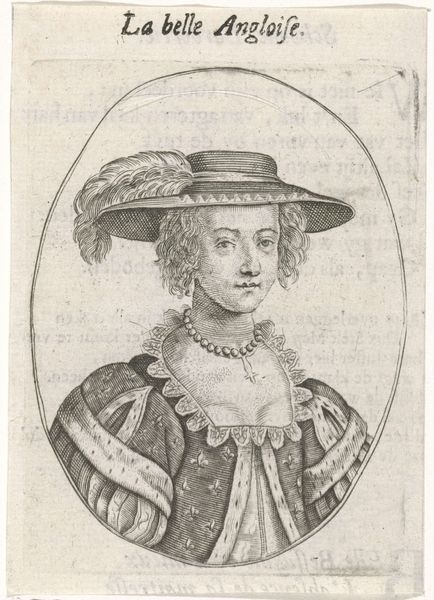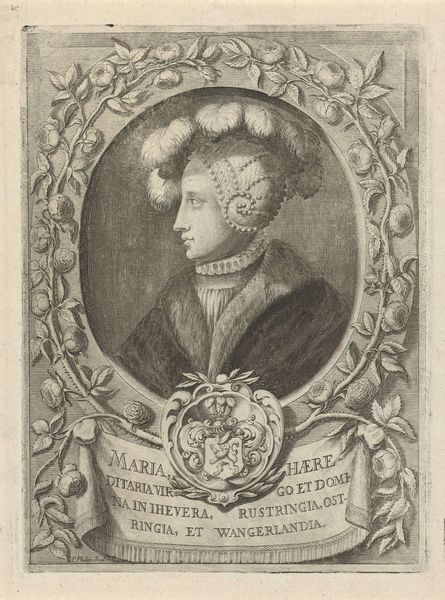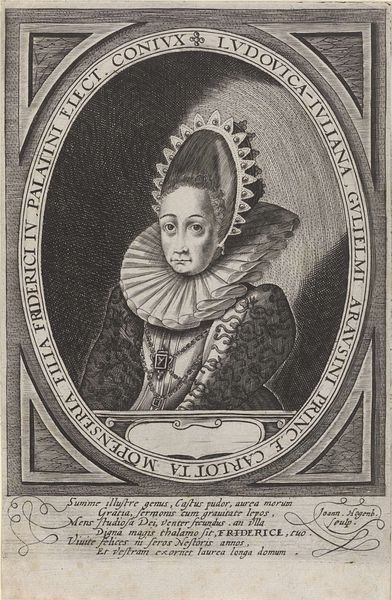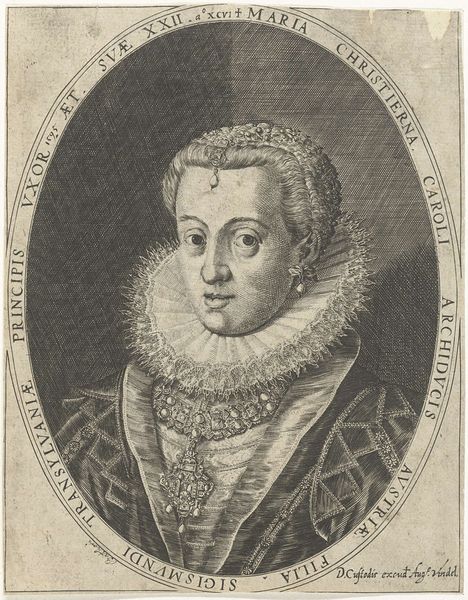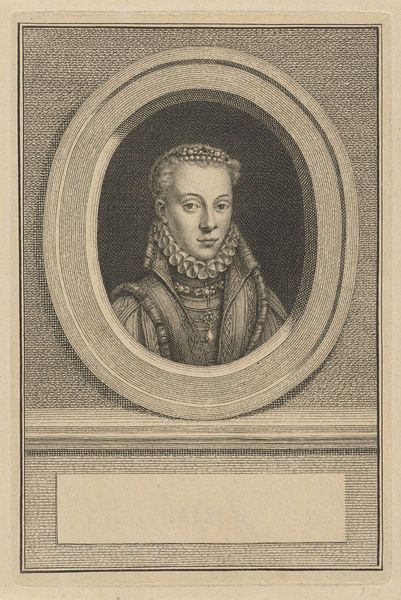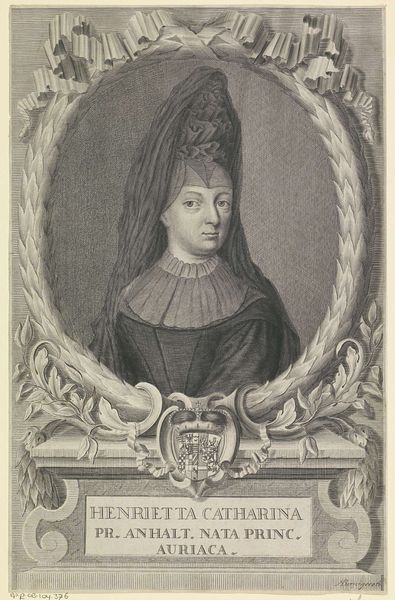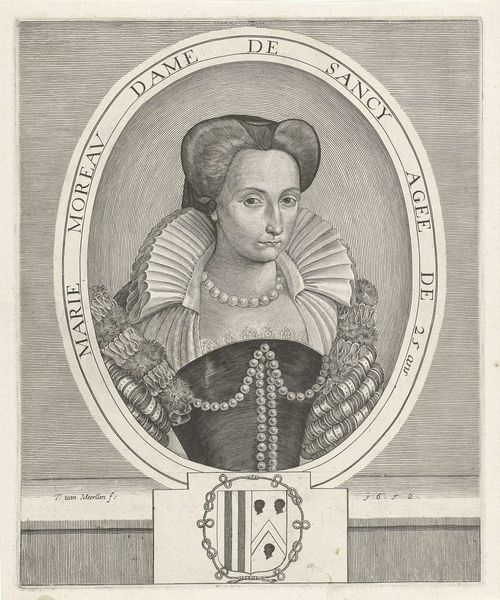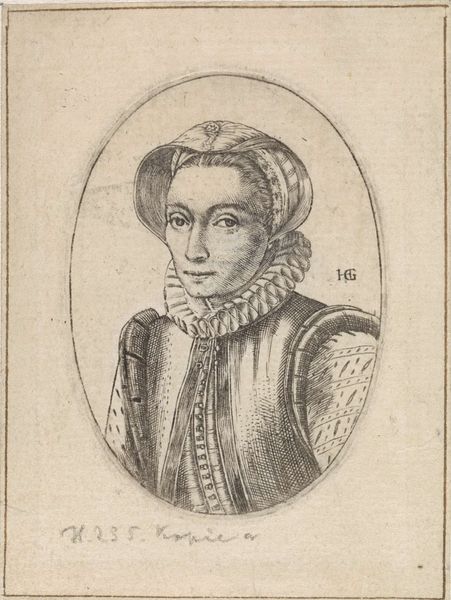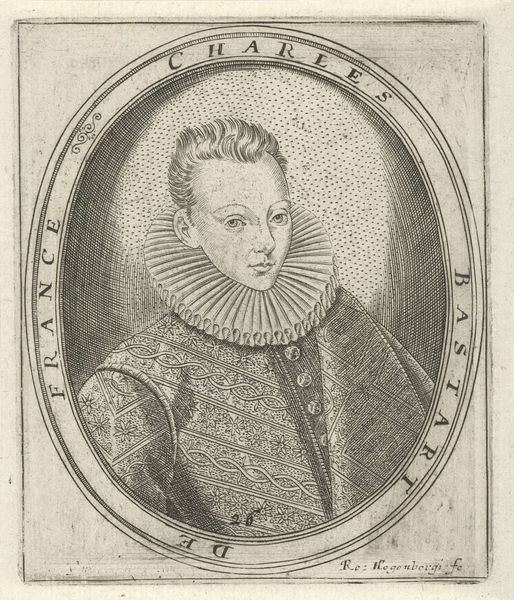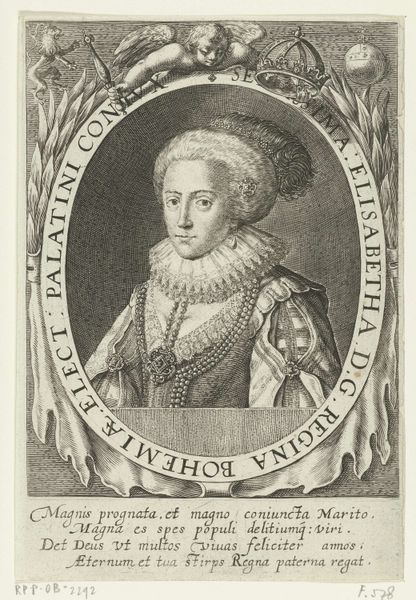
engraving
#
portrait
#
baroque
#
old engraving style
#
history-painting
#
engraving
Dimensions: height 184 mm, width 117 mm
Copyright: Rijks Museum: Open Domain
Editor: This engraving from 1748 by Jan Punt is titled "Portret van Frans II, koning van Frankrijk" or "Portrait of Francis II, King of France." It feels like a very formal depiction, typical of Baroque portraiture, but also somewhat melancholic. What can you tell me about how this work speaks to its time and to us today? Curator: Well, considering that this is an engraving of a portrait, and not the portrait itself, we need to consider how power and identity are being communicated through layers of reproduction. Think about it: the original portrait would have been commissioned, likely as a demonstration of royal authority and lineage. This engraving then takes that image and makes it accessible, but also filters it through another artistic lens, that of Jan Punt. How does this accessibility democratize power, or does it simply reinforce it by further cementing the image of the king in the public consciousness? Editor: That's a perspective I hadn't considered. I was mainly focusing on the king's individual expression, but I see what you mean. The act of reproducing it changes its meaning entirely. What was Jan Punt's role? Curator: Exactly. We can think of Jan Punt not just as a craftsman, but as an active participant in constructing and disseminating the image of French royalty. Consider how the engraver chose to interpret and emphasize certain features or symbols from the original portrait. It prompts us to ask: Whose gaze are we really seeing? Is it the king's, the original painter's, or Jan Punt's, or our own, influenced by centuries of power dynamics and representational practices? Editor: So, the image isn't just about Francis II but also about the machinery of power and representation? Curator: Precisely! By examining the processes of reproduction and dissemination, we can gain valuable insights into the cultural and political landscape of 18th-century Europe and how those echoes still resonate in how we perceive power today. Editor: This has given me so much more to think about! I initially saw it as a simple historical portrait. Thanks.
Comments
No comments
Be the first to comment and join the conversation on the ultimate creative platform.
